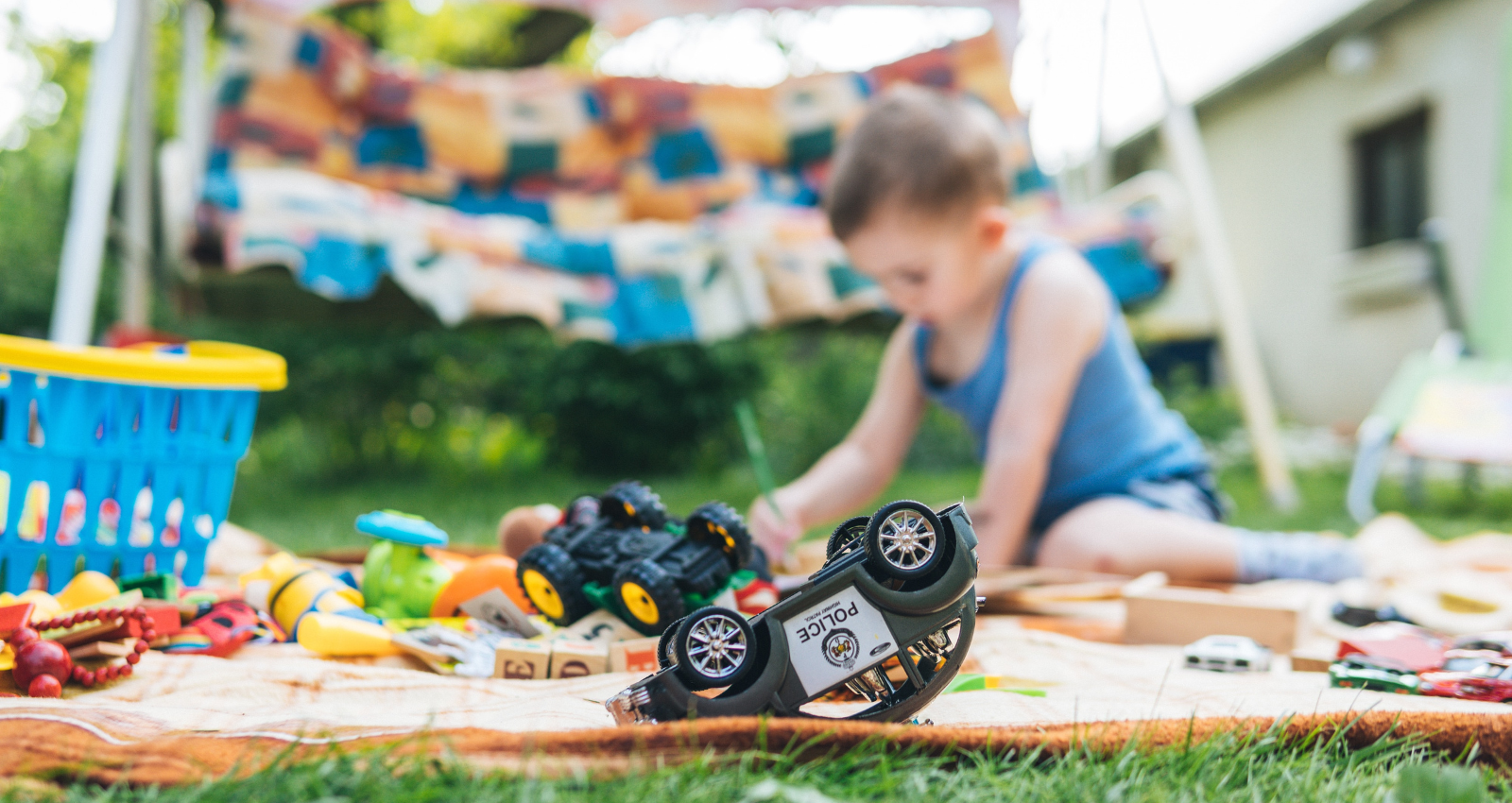
Fun Indoor Activity Ideas for Children with Autism
Sometimes it can be difficult to think of activities to do with your children in the house that will not only keep them engaged but be fun and stimulating too. This can be particularly true if you are the parent to a child with autism. You need to factor in different things like sensory needs, fine and gross motor skills, communication and cognitive skills. In this blog, SpecialKids Company will list some indoor activities that you and your child might find fun to do together.
Indoor fun for children with Autism
Dancing to music to their favourite songs
Dancing along to your favourite songs is something that everyone can do and enjoy. It is great for movement and coordination and can lift moods. Music really is universal.
Playing with and/or making musical instruments
Playing with musical instruments can be so much fun, especially if you tap to the beat of a song that you like. If you don’t have any instruments, they can be easy to make. From saucepan drums to make-shift shakers using bottles filled with rice. This activity not only great for your child’s movement and coordination skills, but also their fine and gross motor skills.

Blowing, popping and catching bubbles
Lots of children find bubbles a great sensory experience. They can practice blowing them, but if they are unable to do this you can do this for them or why not use a bubble machine? Popping and catching bubbles is a fun activity that can help to develop your child’s fine motor skills.
Playing with play dough, this is also a great sensory activity
Play dough is a tactile, sensory experience that a lot of children love. Squeezing, pinching, pulling and moulding the dough can be great at strengthening hand muscles and improving fine motor skills. Your child can be really creative with play dough, if they choose to be, which can be great for their imagination.

Playing with toy cars and making a road with masking tape
Digging out the toy cars and making a road with some masking tape is another creative activity that can be good fun. Your child can use their imagination to create a journey for the car to go on and you can create a story as you go along.
Hide and seek with toys
This very basic game can be hugely fun. Using toys or chosen objects, hide them around the house and find them. If you want to be creative, you could create a treasure hunt and use symbols to help your child identify and find the treasure.

Playing with balloons – balancing, keeping it up, letting out air
Balloons are always a winner and there are lots of different things you can do with them. From blowing them up and letting out the air, to balancing them on different body parts and playing ‘keepy uppy’ and trying to keep them in the air.
Playing ‘Simon Says’
‘Simon says’ is a great game for aiding communication skills, from speech and understanding to listening.
Indoor bowling
Using some household objects, like old juice bottles and a ball, you can create your own indoor bowling alley, perhaps in the hall!

Rolling a ball to one another
Rolling a ball to one another is a simple, yet fun game, particularly for younger children. It is great for hand-eye coordination and you can use small, medium or large balls.
Building with blocks
Building with blocks is not only great for improving hand-eye coordination and fine motor skills, but it can help your child develop their imagination. For children some children, Lego is fantastic, but if your child struggles with their pincer grip or their fine motor skills then blocks like Mega Bloks are fantastic.
Creating an obstacle course
This activity is great for developing gross motor skills, balance and coordination. There are lots of household objects that you could use, for example chairs and cushions. You can ask your child to walk, hop, skip or jump, depending on their physical capabilities.
What indoor activities do you and your child like to do?

